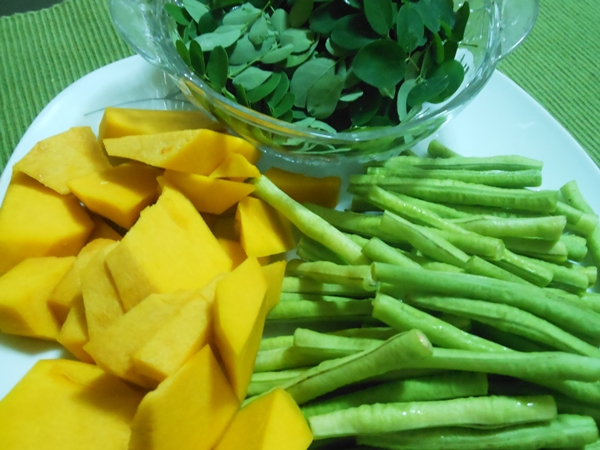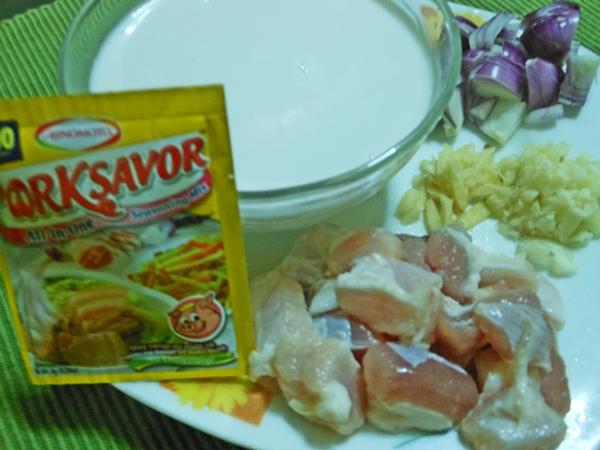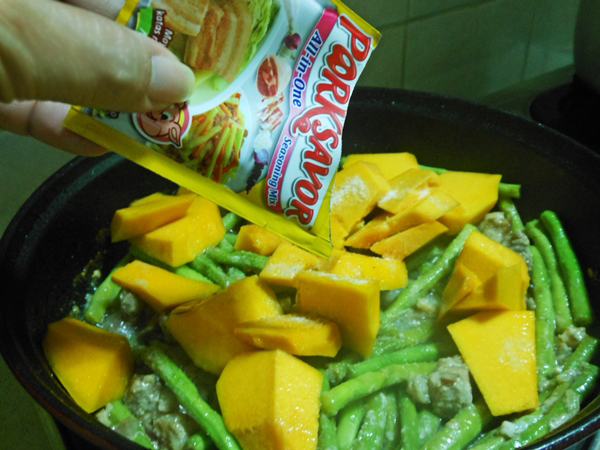“What’s with puto?” My husband asked me this because I have been experimenting with puto. I cooked the regular puto, Puto Flan and now Puto Pao. A friend shared her puto recipe then I modified it a bit. I replaced a portion of water with evaporated milk to make the puto creamier.
Puto Pao is a combination of steamed rice cake and the all-time-favorite siopao. It’s just like the regular steamed rice cake only with pork or chicken asado filling. It’s now becoming a popular snack among Filipinos.
Just recently, I have seen on a TV show that you can use any filling you want, ube jam (purple yum), fruit jams, cheese, macapuno, picadillo, adobo and even dinuguan. I need to try all these fillings with puto. But before that, I want to share with you this special puto pao recipe. My father-in-law loved it so much that he asked to take home 2 more on top of the 6 pieces he had :). For sure you’ll love its sweet and salty combination too.
Ingredients
For the asado filling:
250 gms. ground pork
¼ cup soy sauce
¼ cup water
¼ cup brown sugar
1 tbsp. cooking oil
2 cloves garlic (minced)
1 small onion (minced)
1 tsp. cornstarch
1 pc. star anise
1 bay leaf (optional)
For steamed rice cake or puto:
2 cups all purpose flour
2/3 cup white sugar
4 tsp baking powder
1/2 tsp salt
1 cup evaporated milk
1/2 cup water
For the toppings:
cheddar cheese
sliced salted egg
Cooking procedure
1. Boil water on a steamer. Make sure to wrap the steamer cover with cheesecloth.
2. Lightly grease the puto moulds then set aside.
For the filling:
1. Heat cooking oil on a skillet or pan
2. Saute onion and garlic until golden brown.
3. Add the ground pork then cook until it all turns brown.
4. Add soy sauce, brown sugar, star anise and bay leaf. Then simmer for 2 minutes.
5. Dissolve the cornstarch in ½ cup of water then add. Simmer until cornstarch mixture becomes translucent.
6. Set aside and cool.
For steamed rice cake or puto pao:
1. Combine all the dry ingredients then sift. Add water. Mix until there are no lumps.
2. Pour a little puto mixture (about 1/3) of the mould.
3. Add about 1 teaspoon of the asado filling.
4. Pour puto mixture again over the filling, nearly to the top.
5. Top with a small slice of cheese and a slice of salted egg.
6. Steam for 15-20 minutes.
Serve hot. Makes 18 pieces.








